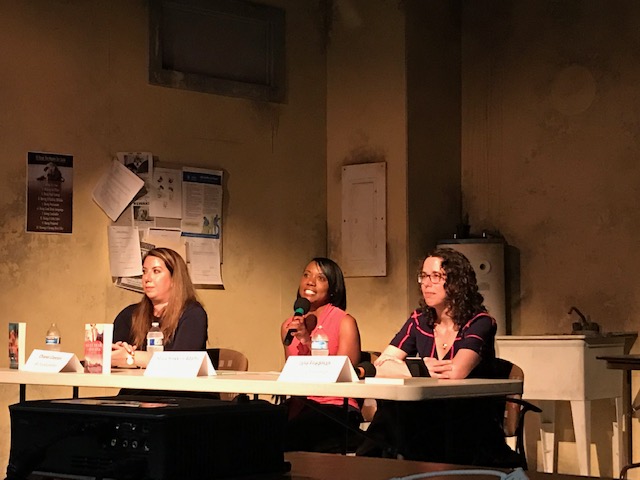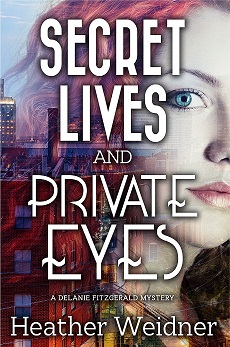20 Things I Learned from JRW's "How to Sell the Heck out of Your Book"
/l-r: Chanel Cleeton, Stacy Hawkins Adams, and Jane Friedman at the JRW Writing Show
I had the pleasure recently of attending James River Writers’ “The Writing Show.” The topic was “How to Sell the Heck out of Your Book” with Chanel Cleeton, Stacy Hawkins Adams, and Jane Friedman. Here’s what I learned:
Write a fabulous book. Focus your energy on your writing.
Readers and word of mouth sell books.
Authors have an advantage when they write a series. It keeps readers coming back for more.
Authors need to read a lot and know their genre.
Books with good covers sell.
Make sure that you keep an email list and create a newsletter. You own this list. Make sure you maintain it.
Be active on social media.
Make sure you have an author website. Keep it current. Your website is your business card.
Jane Friedman said that you need an email list, website, and social media platform, and you need to maintain all three.
Build relationships with your readers.
Be creative when you plan events and launches. Who can you partner with?
Look at where you spend your advertising and marketing dollars. Data is your friend. It can help you set your goals.
You should start your marketing plan for a new book four months before it launches.
Networking is important. Build relationships with readers, authors, booksellers, and others.
If you ask people to do something for you (e.g. post a review, blurb your book), make it easy for them. Send them a summary and an information/press sheet.
Time management is an issue for authors. There is a lot to juggle. You need to find balance.
Hope is not a strategy for book marketing. You need a plan.
Don’t get in panic mode over book marketing. You need to be in it for the long-term.
Always be professional.
Know where your readers get their information or hang out. Figure out ways to reach them there.

















